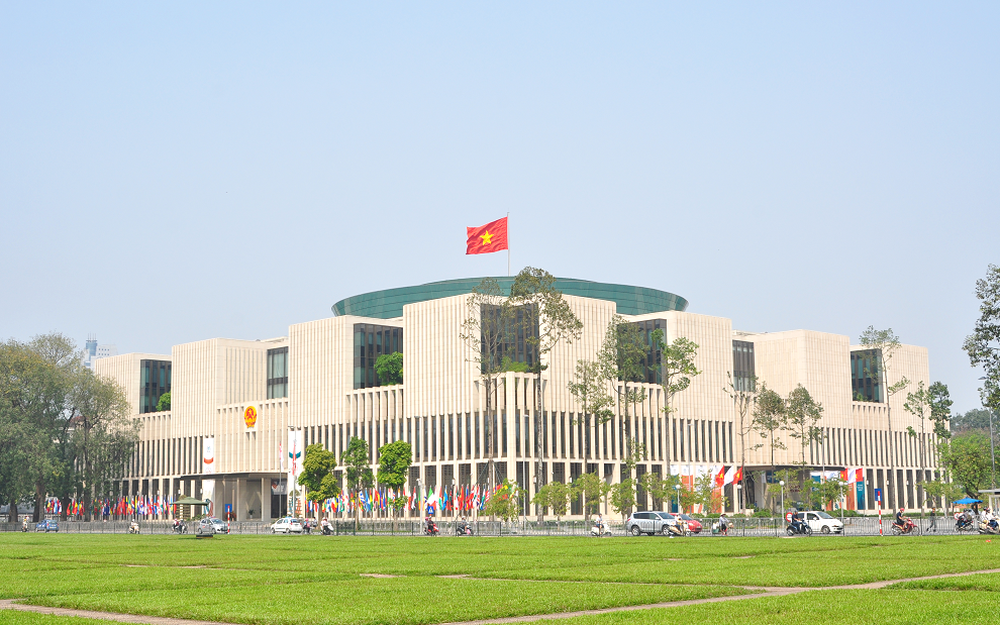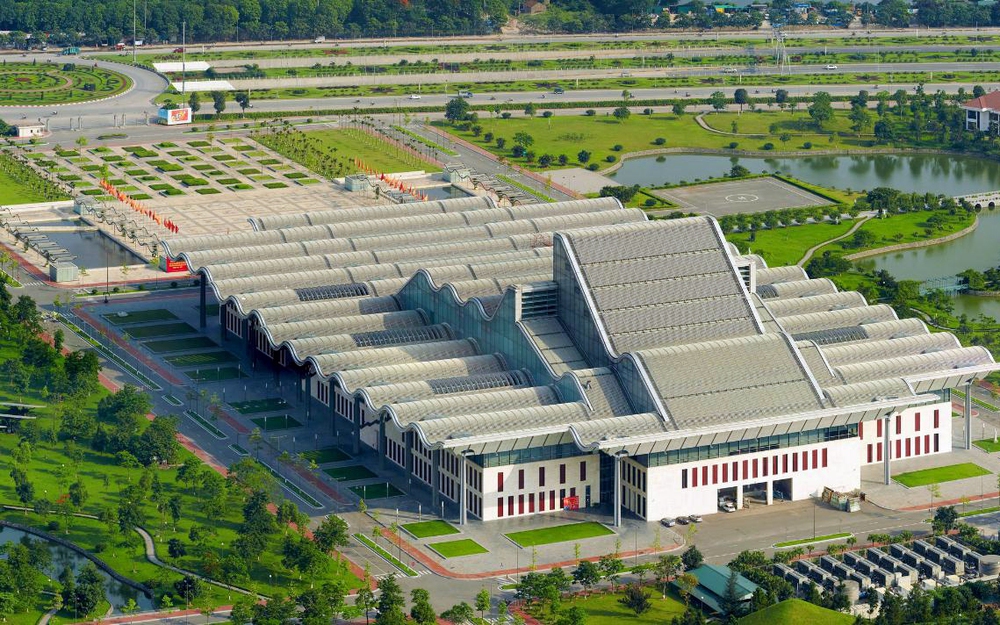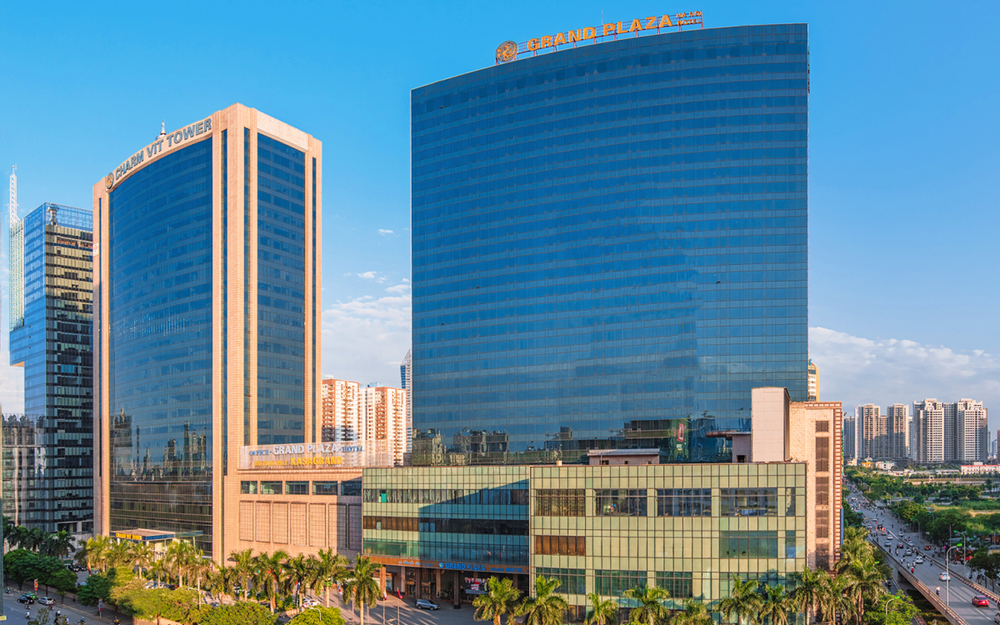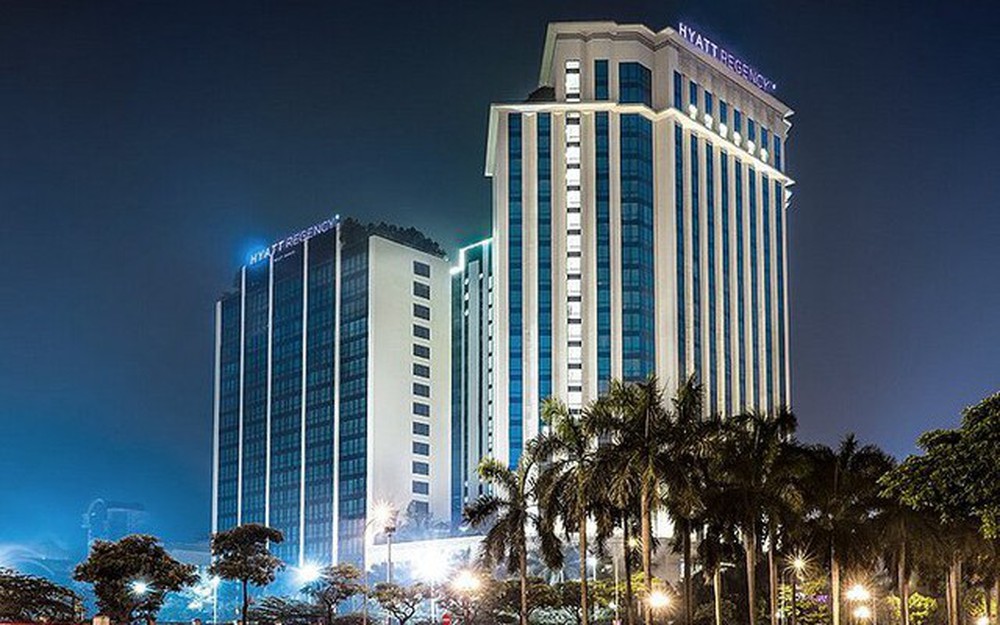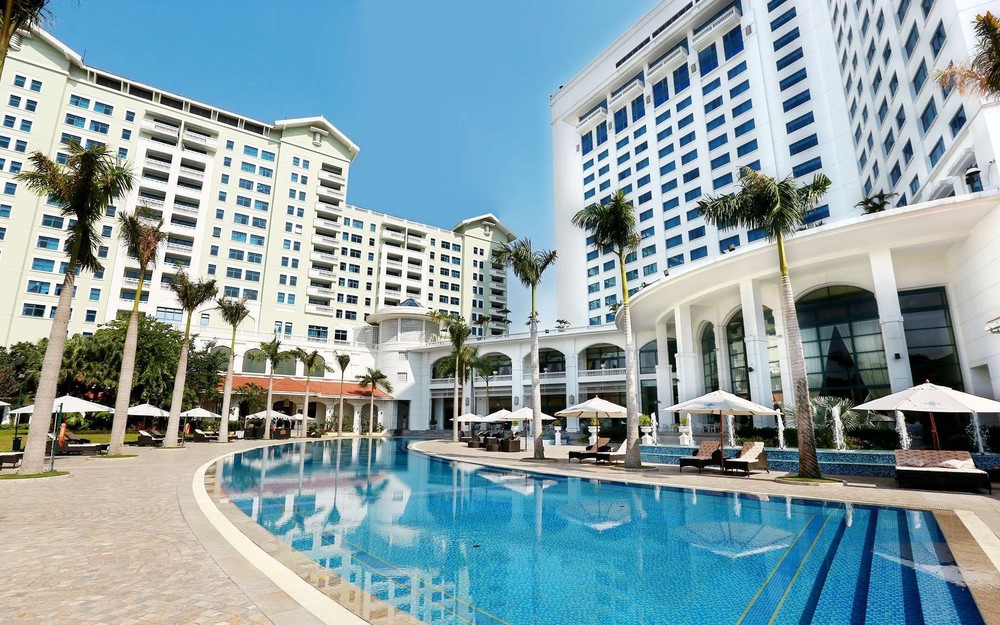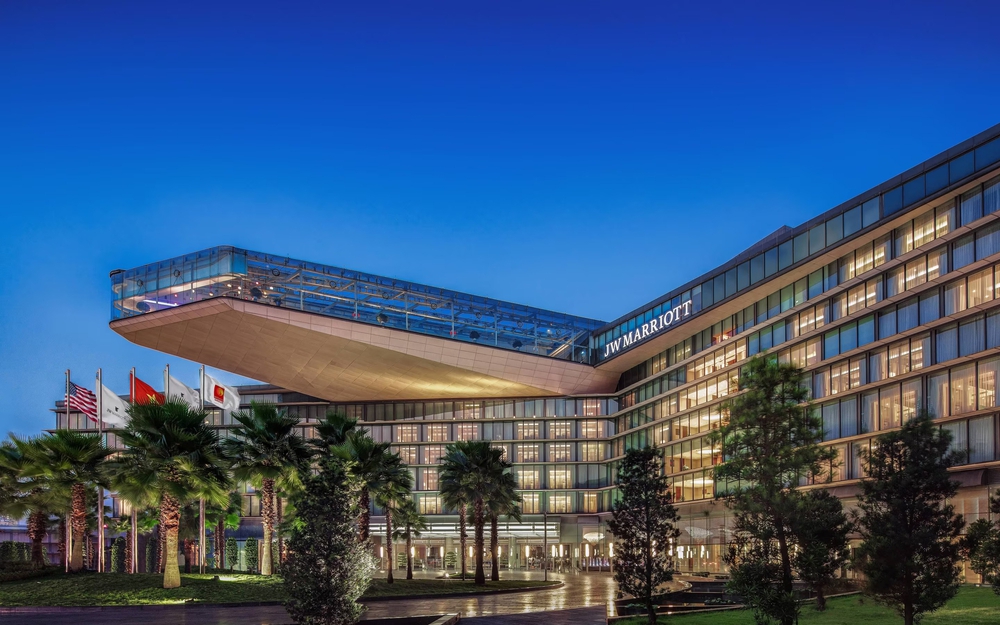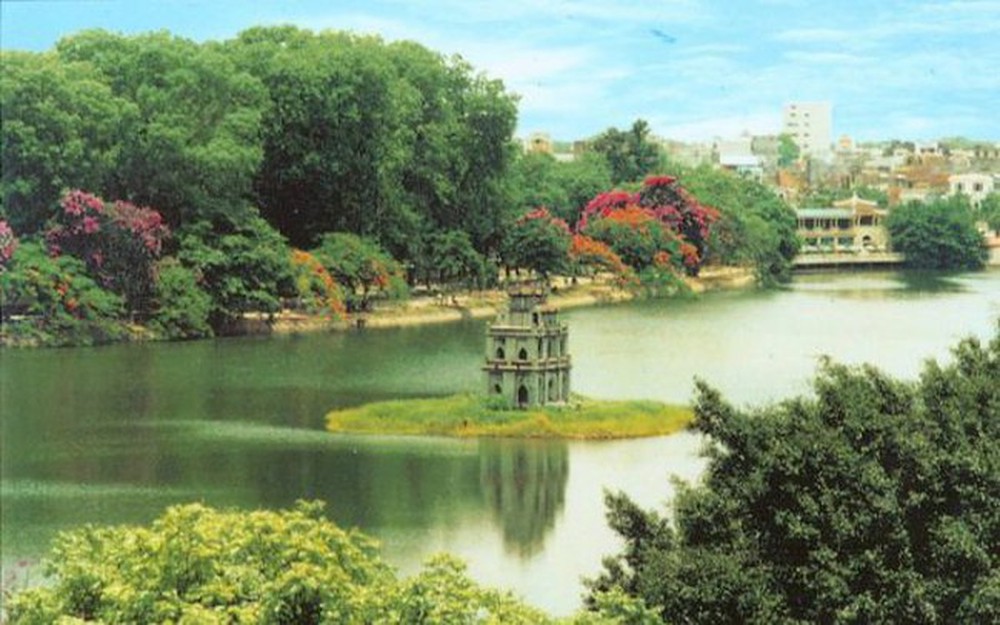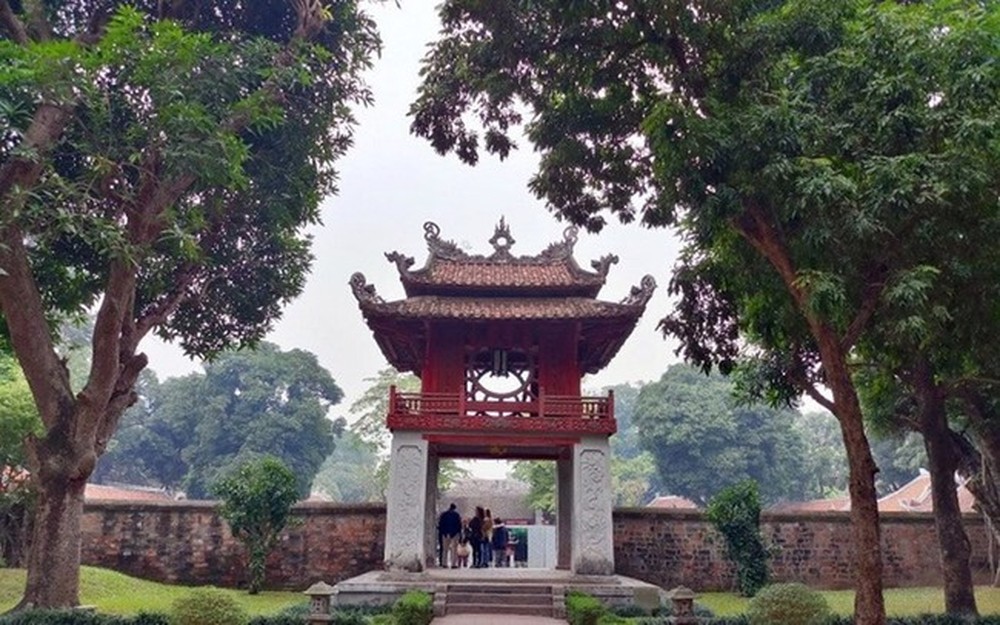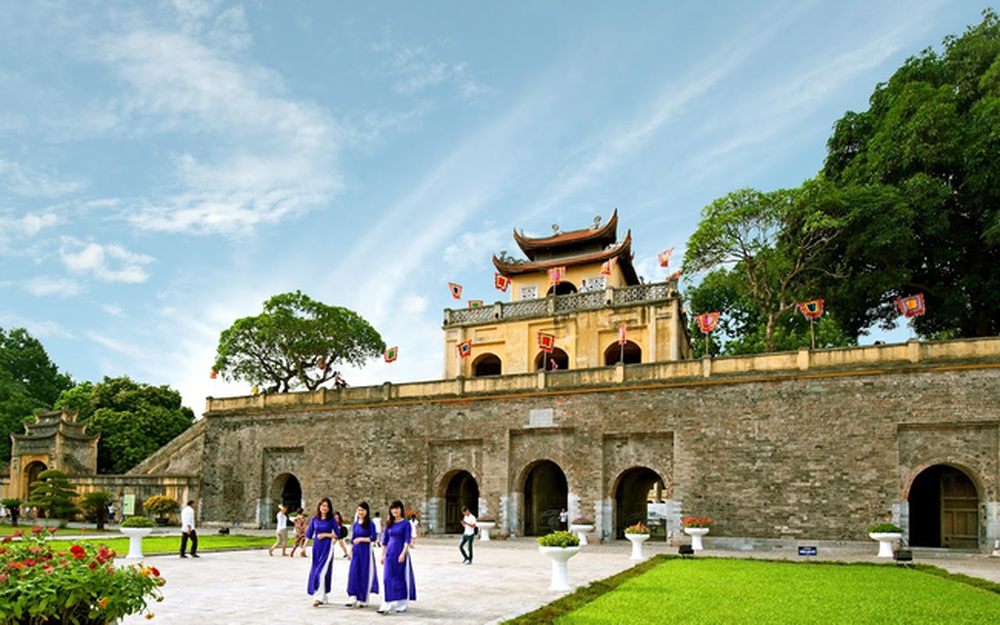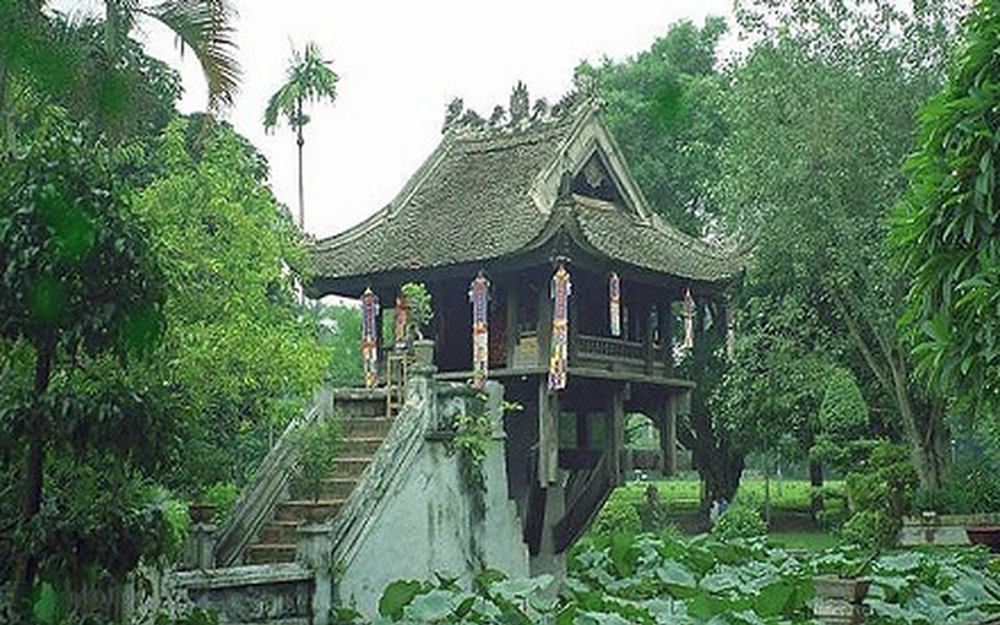Thang Long Imperial Citadel relic site
Imperial Citadel of Thang Long is a relic complex associated with the history of Thang Long citadel and Hanoi begining from the pre-Thang Long period (An Nam invaded in the 7th century) through Dinh - Tien Le period, thriving under the Ly, Tran, and Le dynasties and Hanoi citadel under the Nguyen Dynasty. This is a huge architectural work, built by the kings in many historical periods and has become the most important relic in the system of monuments of Hanoi in particular and the country in general. At the 34th session in Brazil on 31/7/2010, the World Heritage Committee meeting recognized the Central Sector of Thang Long Imperial Citadel - Hanoi as a World Cultural Heritage with the following values: evidence of the exchange between Chinese influences in the north and the Kingdom of Champa in the south; demonstrating the long-standing cultural tradition of the Vietnamese people established in the Red River Delta, which was a powerful center from the 7th century to the present day; directly related to many important cultural - historical events.
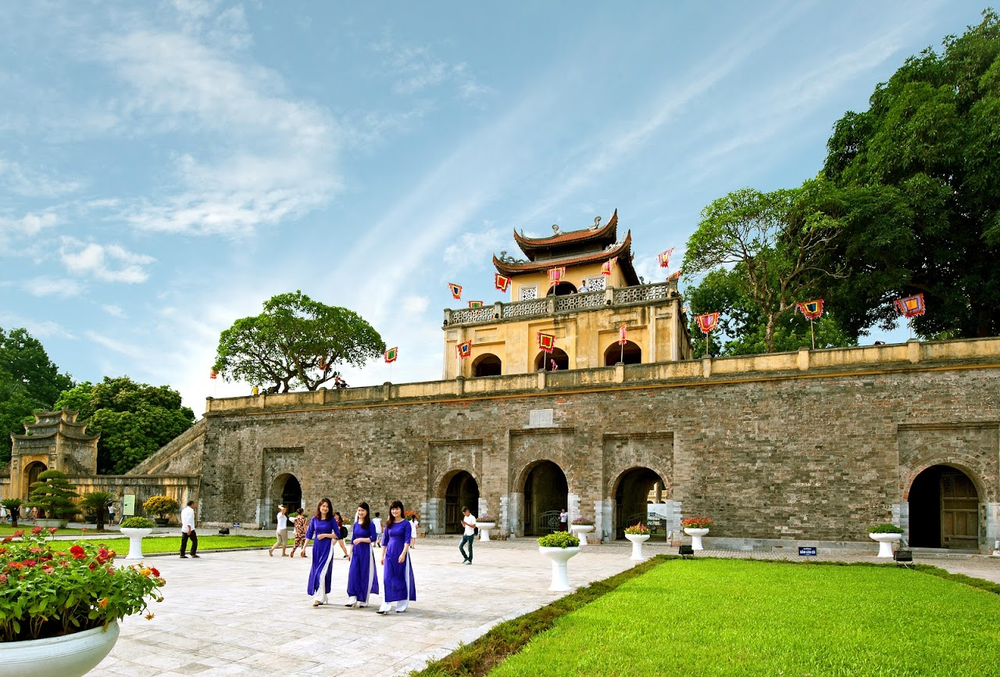
Doan Mon - Imperial Citadel of Thang Long
The Central Area of Thang Long Imperial Citadel inscribed in the World Heritage List is a significant event to Vietnam, demonstrating success in conservation and promotion of value for this particularly important monument.
Currently, the central area of the Imperial Citadel of Thang Long - Hanoi (including the ancient citadel of Hanoi and the archaeological site of 18 Hoang Dieu) is located on a large campus: 18,395 ha, in Dien Bien and Quan Thanh wards, Ba Dinh, Hanoi, limited by:
The North side: Phan Dinh Phung Street and Hoang Van Thu Street.
The West side: Hoang Dieu Street, Doc Lap Street and the National Assembly House campus.
The South side: Bac Son Street and the National Assembly House campus.
The Southwest side: Dien Bien Phu Street.
The East side: Nguyen Tri Phuong street.
Over time and historical events, Thang Long Citadel has had many changes and deformations, but up to now, there are still visible relics on the ground, underground, revolutionary historical relics, Archaeological sites, architectural and artistic relics, etc. forming a system of monuments considered as the most important in the system of ancient, middle, near and modern urban relics of Vietnam. Currently, in the central area of Thang Long - Hanoi Citadel, there are 5 relics on the ground distributed along the North - South axis, also known as the "main axis", "The axis of the throne", including: : Ky Dai, Doan Mon, Kinh Thien Palace, Hau Lau, Bac Mon with the Nguyen Dynasty architectural wall and gate, relics of house and basement D67, French architectural works...
Thang Long Citadel from the Ly Dynasty was built according to the structure of three citadel, called " three circles of ramparts ": The outermost sector is La Thanh or Dai La, the middle sector is the Imperial Citadel and the innermost sector is the Forbidden Citadel (or Cung Citadel). The Forbidden Citadel from the 11th to the 18th centuries has remained and preserved until now two very important benchmarks:
+ At first, the Kinh Thien palace built during the early Le dynasty (1428) on the foundation of Can Nguyen palace (later renamed Thien An palace) of the Ly and Tran dynasties. It was originally the location of Nung mountain (Long Do - Rong navel), considered the focal point of the Forbidden City and the Imperial Citadel, inspiring the sacred spirit of the country's mountains and rivers according to the traditional feng shui concept. This place has stone- paved platform and dragon-carved railings originated from the 15th century.
+ The second is the Doan Mon gate, the southern gate of the Forbidden City in the Ly - Tran - Le dynasties. On this location, there are still relics of Doan Mon gate from the Le Dynasty.
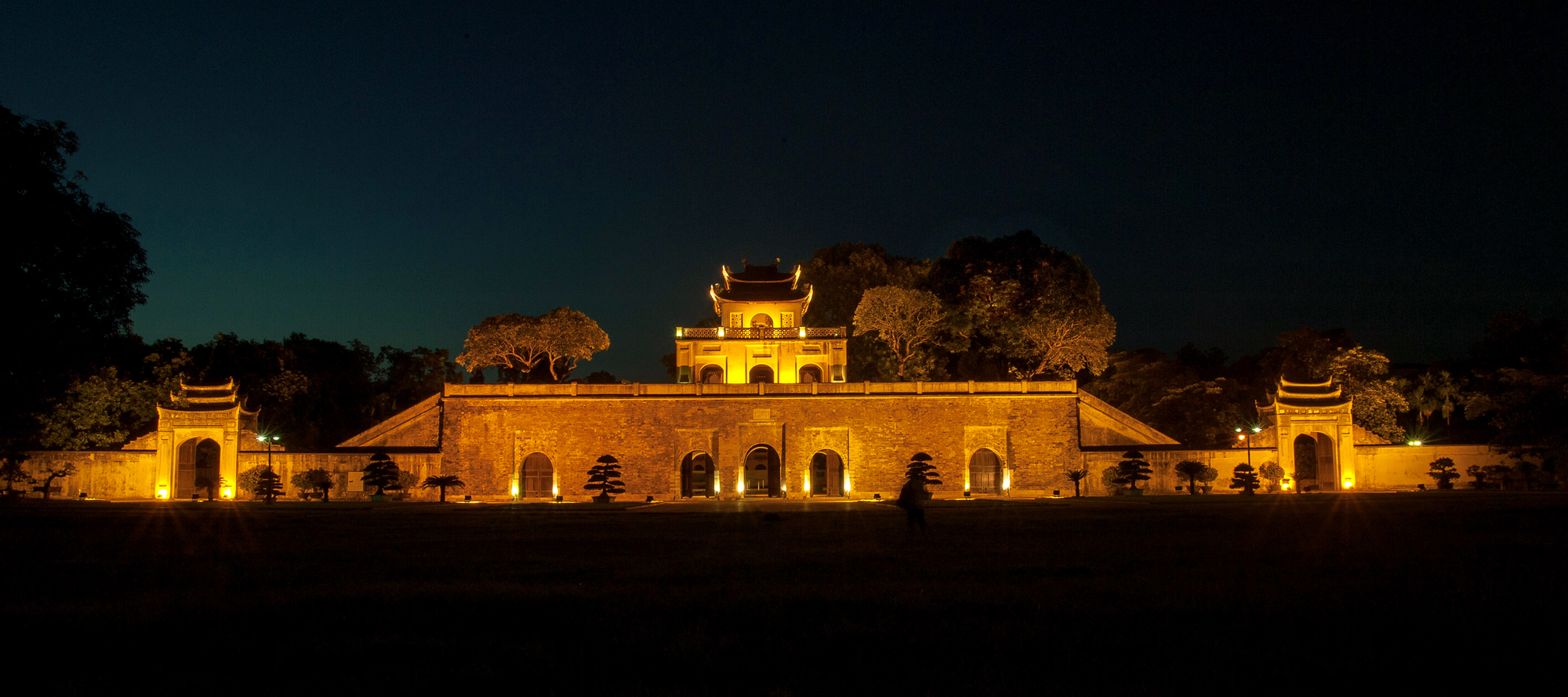
Phuong Dinh Nguyen Van Sieu (1799-1872) had a clear description about Thang Long Imperial Citadel under the Le Dynasty in the Dai Viet book: "In the middle is the Palace, on the way of the Palace is Doan Mon. In Doan Mon is Thi Trieu Palace, in Thi Trieu Palace is Kinh Thien Palace. To the right of Kinh Thien is Chi Kinh Palace, to the left is Van Tho Palace. On the right of Doan Mon is West Truong An, on the left is East Truong An, in the middle is Ngoc Gian. Inside the Imperial Citadel and outside the Palace in the East is the Thai Mieu, then the Dong Cung.
Typical value of the relic site
Historical value
The ancient citadel of Thang Long - Hanoi is a typical historical and archaeological relic representing the nation's history, the political center of Dai Viet from 1010 to 1802, Democratic Republic of Vietnam from 1945 and now the Socialist Republic of Vietnam.
Thang Long Citadel - Hanoi has become the imperial symbol of the nation. The existence of the citadel is associated with each ups and downs of the nation's history.
At all stages of the nation's history, Thang Long - Hanoi, whose center and symbol is the Citadel, has always been the place where Vietnamese culture converges and shines to all regions of the country.
The sacred soul of the mountains and rivers has converged on the land of Thang Long - Hanoi, the country's talented people from many generations have gathered to construct the country.
Despite many ups and downs, especially the French colonial invasion, until now, Thang Long - Hanoi Citadel still retains a number of important vestiges and especially underground important vestiges with special value (found at archaeological excavations at 18 Hoang Dieu street), demonstrating the development of the capital's history and the nation in all aspects of politics, society, economy, culture, art...
Architectural and artistic value
The remaining monuments on the ground such as Ky Dai, Doan Mon, Kinh Thien Palace, Hau Lau, Bac Mon, ... along with archaeological evidence at the 18 Hoang Dieu relic site, the foundation of a palace architectural complex, there are large-scale wooden architectures, with many high-class building materials, many royal ceramics and other precious objects of the palace, etc. are the evidences reflecting the high technical level, unique architecture and art of the country in terms of development of the region and the world, especially during the prosperous period of Dai Viet during the Ly, Tran dynasties, Early Le - the period honored by many historians as the Dai Viet Civilization Era (11th-15th centuries).
The Citadel of Hanoi is one of the typical manifestations of the absorption and combination of Western-style fortification techniques with the ideas of a Chinese-style city. It can be seen that, basically, the 19th century Thang Long - Hanoi citadel was organized according to the Vauban model, but it also shows the specific features of Vietnam. First and foremost in the Vietnamese perspective, all these structures conform to the requirements of traditional feng shui geography; they were built in favorable locations - where the unusual features of nature, especially the river system, were fully utilized.
Archaeological value
At the archaeological site of 18 Hoang Dieu, important palace vestiges were found. Experiencing 10 centuries with many wars, despite many historical changes and harsh natural conditions but the architectural vestiges, the types of relics of the old palace have been well-preserved underground. In the relic area, there are also many foreign objects and utensils, such as porcelain from West Asia, China, Japan, etc., reflecting the cultural exchange relations between Thang Long and the world.
The country's leading scientists in history, archeology and culture all agreed to identify and qualify the 18 Hoang Dieu relic site as a part of the Forbidden City - the center of the Imperial Citadel. It was the place taking place important ceremonies, the center of work and the residence of kings and royalty through the dynasties.




